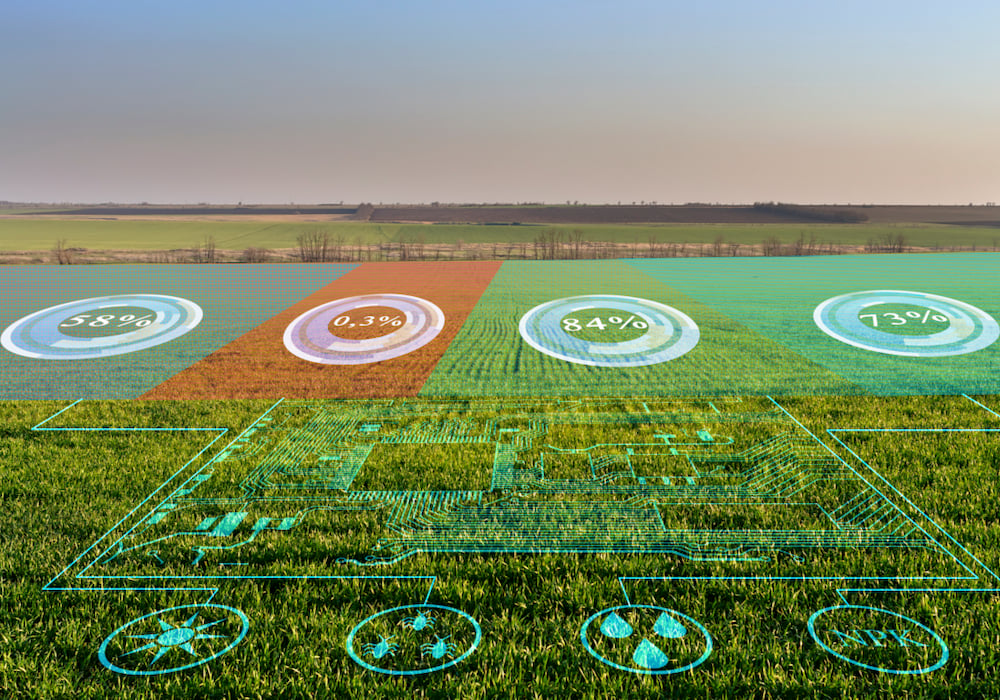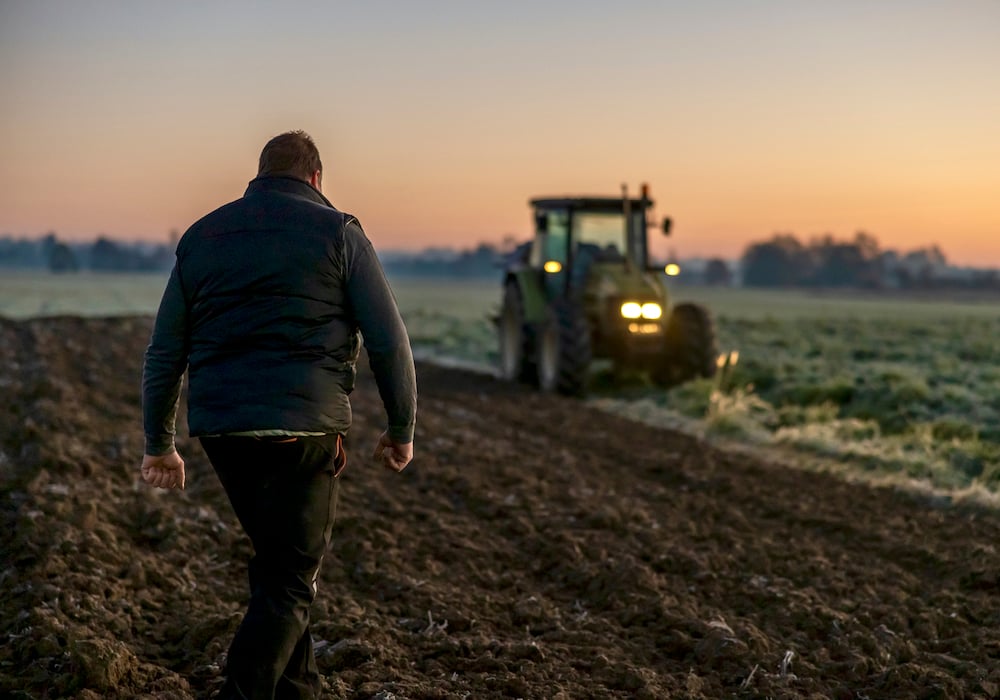Making efficient use of all that farm data

Launch of the first GPS yield monitors altered the world of on-farm data collection. That was followed by variable-rate technology, precision planting and aerial/satellite imaging.
Read Also

Peer to peer support can help avoid mental health crises
Suicide is not uncommon in farm country. Reducing the frequency of such tragedies is the goal of the Guardian Network,…
Most growers have now been accumulating data for 20 years or longer, and many have resolved to keep that data in the hopes of finding value from the gigabytes and terabytes of accumulated information in the form of increased on-farm efficiencies, cost reductions and improved yields.
But how should growers and agronomists interpret this data?
That’s the goal of a venture by agronomist Aaron Breimer.
With his new business, Moose-Ag, he aims to use his decade of experience working with growers in southwestern Ontario to help them interpret data and turn it into useful management directives.
Breimer recently provided answers to a few questions growers may have on the use and interpretation of data.
Q: If we accept that growers aren’t using their data to greatest advantage, what factors hold them back?
A: Time is always at a premium for farmers, be it trying to get the crop planted, chores completed, business planning or spending time with family. There are a lot of software platforms that farmers have access to that enable them to visualize and create insights from their data.
Generally, they’re called GIS or geographical information systems software and they allow GPS-generated data to be organized and overlaid. But as powerful as they are, in order to fully utilize them, users need to be interacting with them on a regular basis.
For some, they might only want to interact with their data two or three times a year, and it might take several hours to remember the nuances of each. When time’s at a premium, those hours aren’t always an option.
The end result is the more powerful aspects of these platforms are not engaged with or the software isn’t utilized after the first or second time.
Q: What about data interpretation and expertise?
A: The current business model for agricultural data is a software platform, built and sold to end users who pay to use it but are actually doing the work themselves.
Yes, there are some of the higher-end data interpretation tools in platforms that can be challenging, but there are lots of industry experts that can provide explanations.
In my opinion, those experts are also running into time constraints, like agronomists who are tasked with evaluating in-field challenges or supporting the agriculture industry in crop input sales. It’s like tax software: there are great accounting platforms on the market and for individuals who want to, they allow people to manage their finances and tax reporting responsibilities effectively.
But there are also plenty of bookkeepers and accountants utilizing those platforms for clients who choose not to do the work themselves.
Q: What about biases in data interpretation?
A: Every human being has biases, some of which are obvious, some less so, like a preferred brand of farm equipment. The same is true with data. Researchers have formal training in how to set up and conduct studies to minimize or eliminate biases (in the field).
But on-farm data interpretation can be more challenging. When a grower invests in seed or a fungicide, they want the data to prove them right.
In my opinion, biases cannot be eliminated in farm-scale data. We can try to minimize them and acknowledge that some still exist.
Q: How does the uniqueness of an individual farm operation affect data interpretation?
A: That’s one of the coolest things about agriculture; that uniqueness that each farm operation contains, and the story that created it. It isn’t just biases that might suggest Variety A does better than Variety B for Farmer Smith while the exact opposite is true with Farmer Jones.
It could be soil type, soil fertility based on the previous rotation or the presence of livestock; it might be drainage, or patience on the part of either grower heading to the field at planting.
When a farmer walks onto a research site or sees data results and says, “these are interesting but this isn’t my farm,” we need to listen to that statement, because it’s true. If a farmer is saying that because they want to continue to farm based on their existing biases, that’s OK. It’s been working for them.
However if a farmer wants to work towards continual improvement of their operation, they might be asking for support on how to evaluate their existing system and how to adjust those based on their unique operation. But evaluating those tweaks has to make sense and be easy to implement.
This is a huge reason why I’m a proponent that every field can be a research site. It doesn’t have to include 50 trials with every field requiring cleaning out the planter each time.
But I do believe that if each field is treated as a unique data set and we overlay a systems approach, it might be incredible what we can learn or gain from that individual farm.
One of the things that makes the Yield Enhancement Network project successful is that farmers are getting the support to do these research initiatives, and we need more of those.
Source: Farmtario.com

